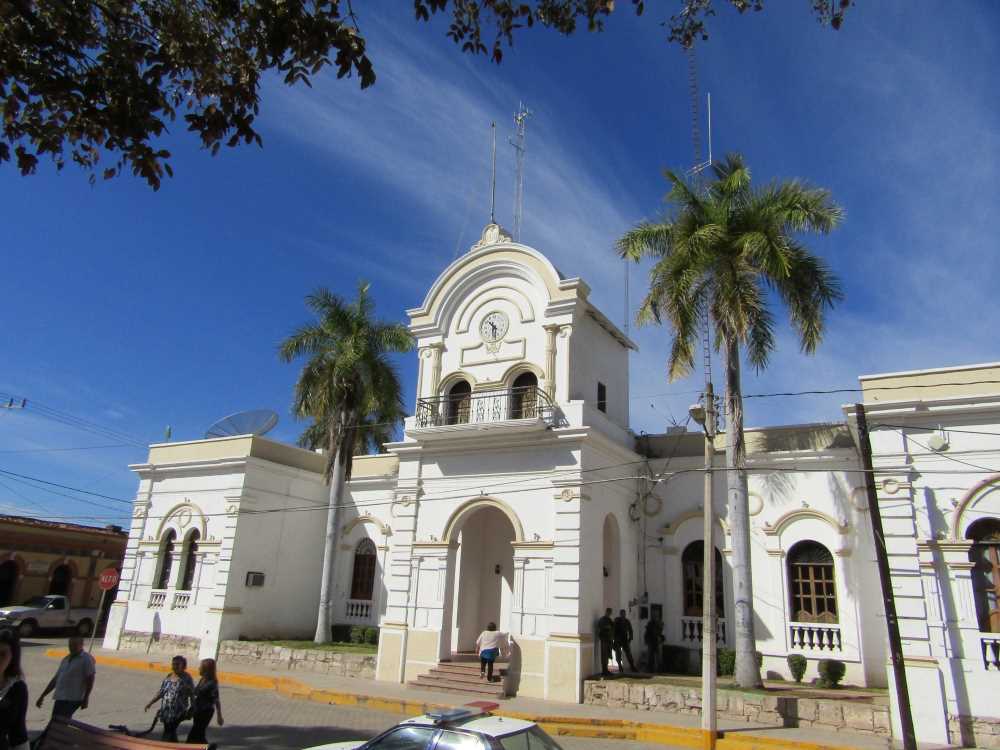Concordia: From French Invasions to Revolutionary Triumph
Dive into the riveting history of Concordia, a small Mexican town marked by French invasions, revolution, and resurgence. Discover tales of courage, defiance, and resilience that define the heart of Mexico.

Buckle up, history buffs! Let’s time travel through the riveting past of Concordia, a small town in Sinaloa, Mexico, that's been a stage for French invasions, courageous ladies, warring forces, presidential visits, and one heck of a cultural revolution. A place that has, much like a phoenix, risen from the ashes time and time again.
The year was 1865, and the day - was February 12. An unassuming day that turned into a nightmarish tableau for Concordia as it felt the wrath of French invaders. A catastrophic looting and a conflagration saw this little town reduced to ashes.




